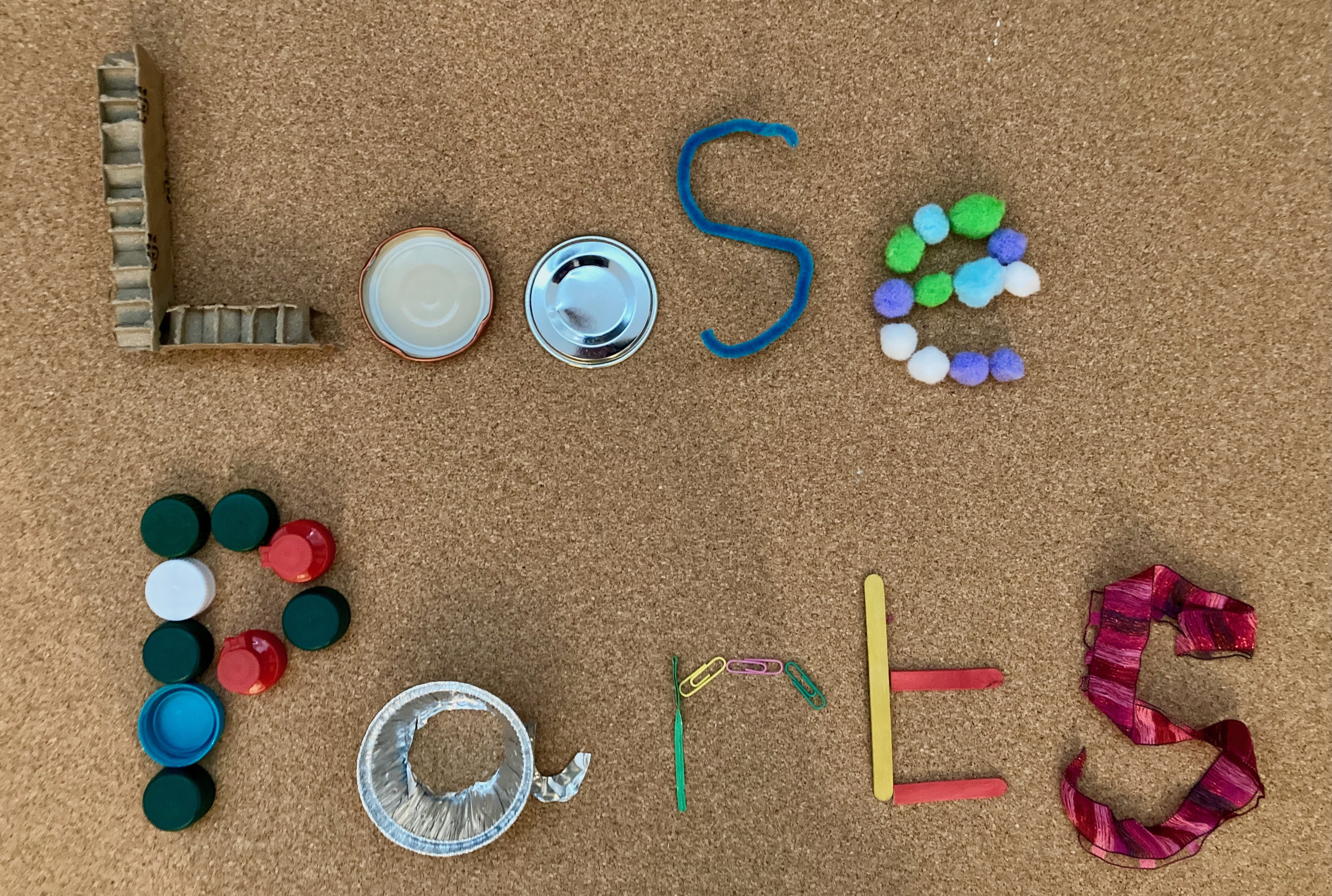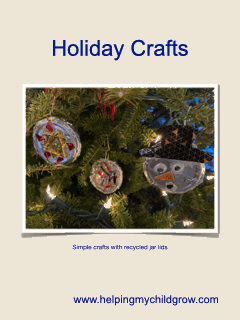Loose Parts Play?
The idea for Loose Parts Play originated from Simon Nicholson's (1971) Theory of Loose Parts.
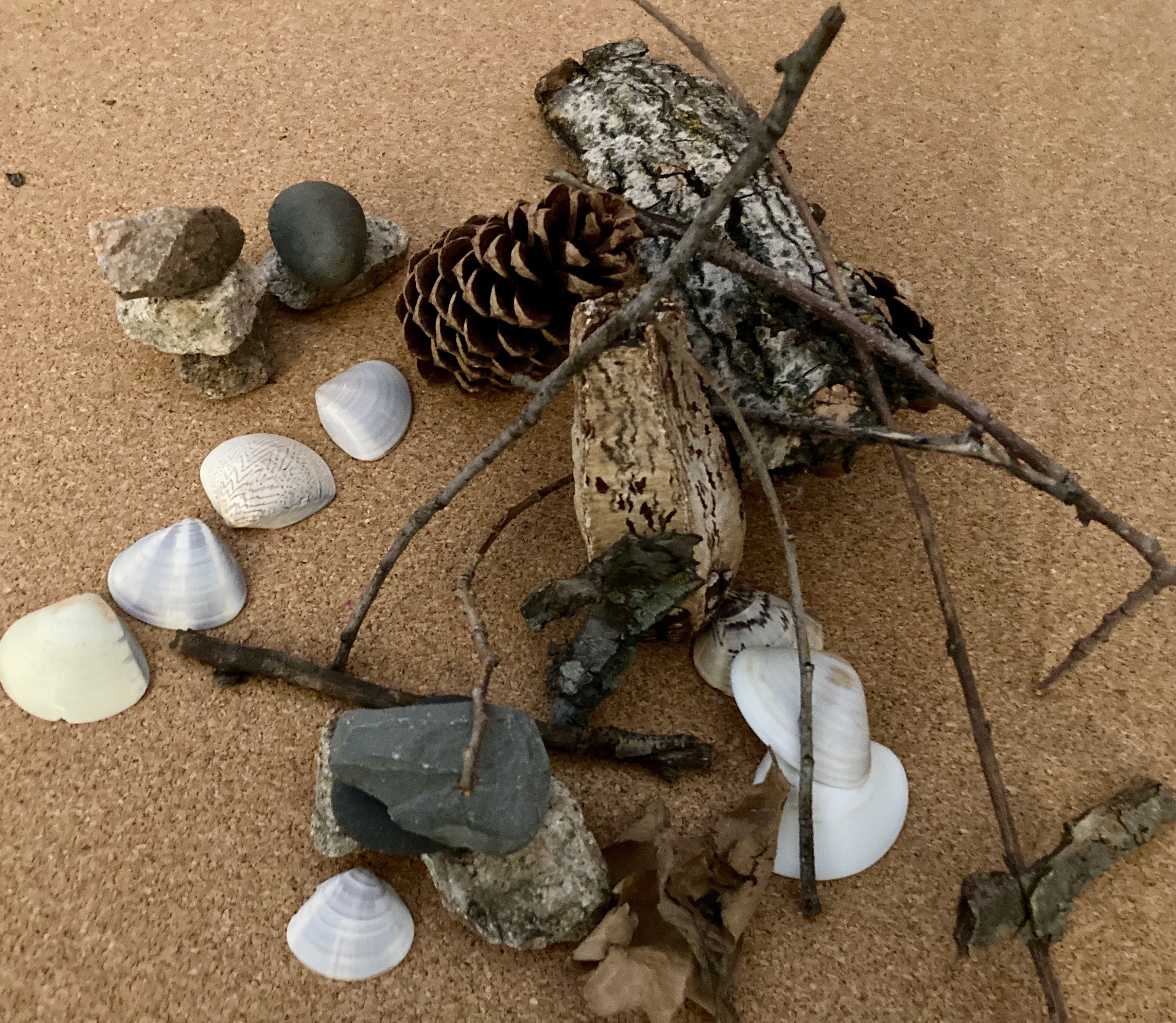
Why use Loose Parts?
Using Loose Parts in play encourages
- creativity and imagination
- exploration and discovery
- open-ended learning - children choose how to use the materials
- cognitive skill development e.g., problem solving
- fine motor and gross motor development
- language and vocabulary development
- social and emotional skill development e.g., sharing, negotiation
- mathematical and scientific thinking
But what are Loose Parts?
Loose Parts are natural, recycled and manufactured (synthetic) materials that can be used freely, creatively and imaginatively.
Loose Parts are objects that
- can be moved and carried
- can be combined, arranged and rearranged in many ways
- have no directions or instructions - children freely choose how to use them
- can be balanced, stacked, picked up, pushed over, rolled etc
- can be used inside or outside
- encourage sensory exploration
Examples of Recycled Materials
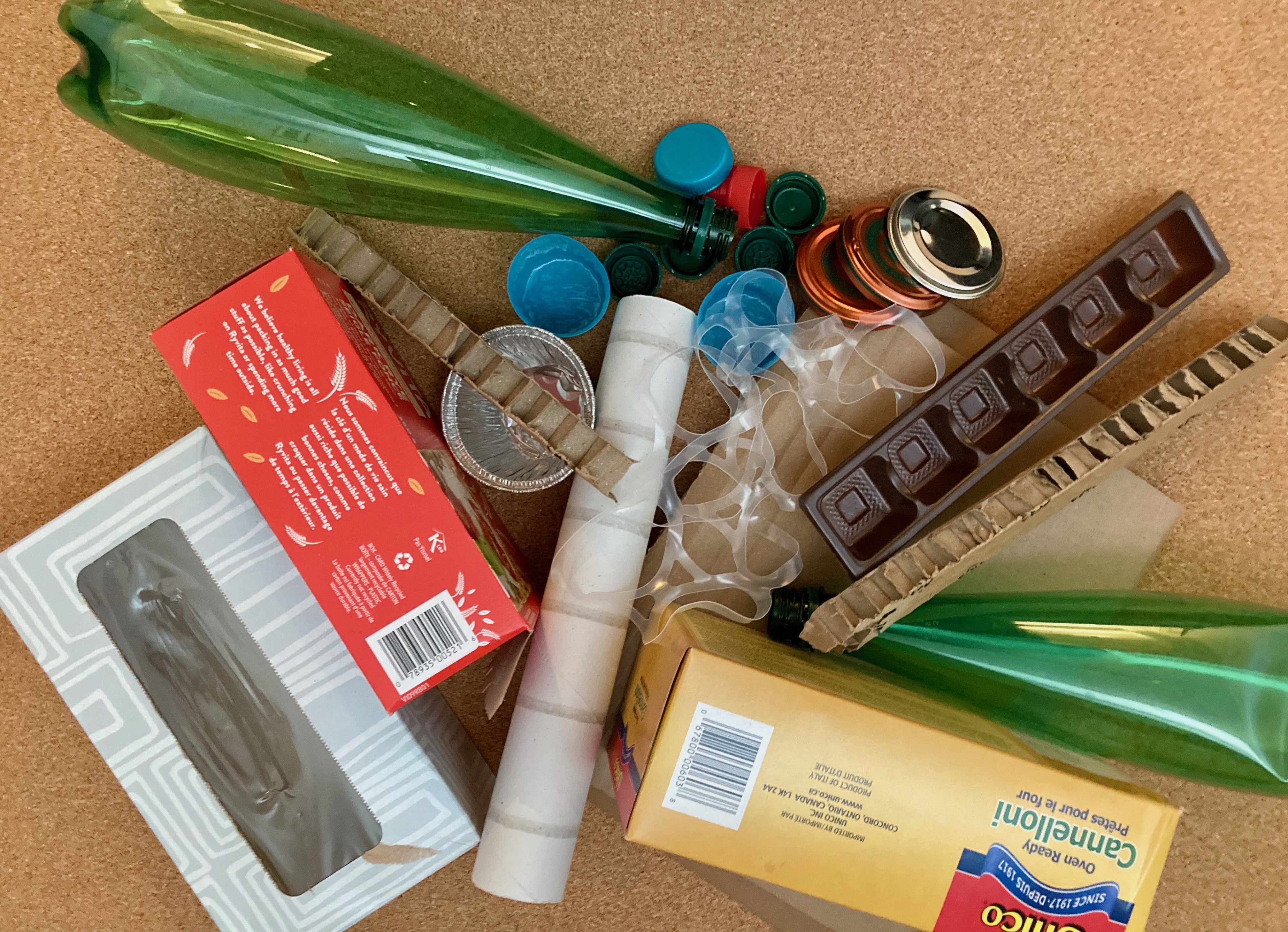
- cardboard boxes and tubes
- straws
- jar lids
- washed plastic bottles
- bottle tops
- fabric
- netting
- cotton reels
- tyres
- milk crates
- suitcases, rucksacks, purses etc.
- baskets
- blankets
- tarpaulins
Examples of Manufactured Materials
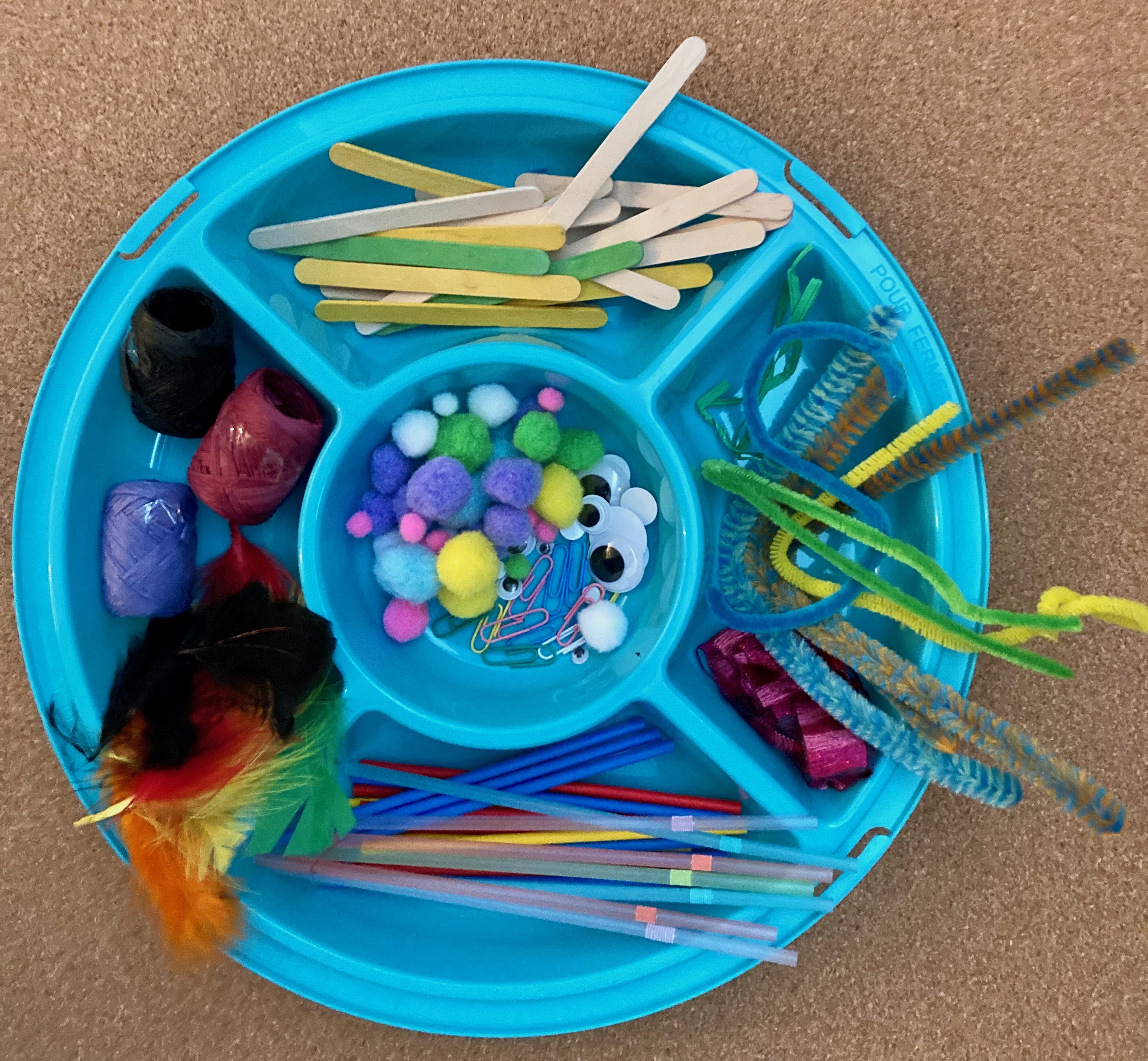
- buttons
- beads
- paper clips
- lollipop sticks
- yarn
- raffia
- pompoms
- feathers
- glass beads
- pipe cleaners
- bubble wrap
- pegs
- plastic tubes
- hosepipe
- paper
- glue, tape,
- plant pots
Examples of Natural Materials
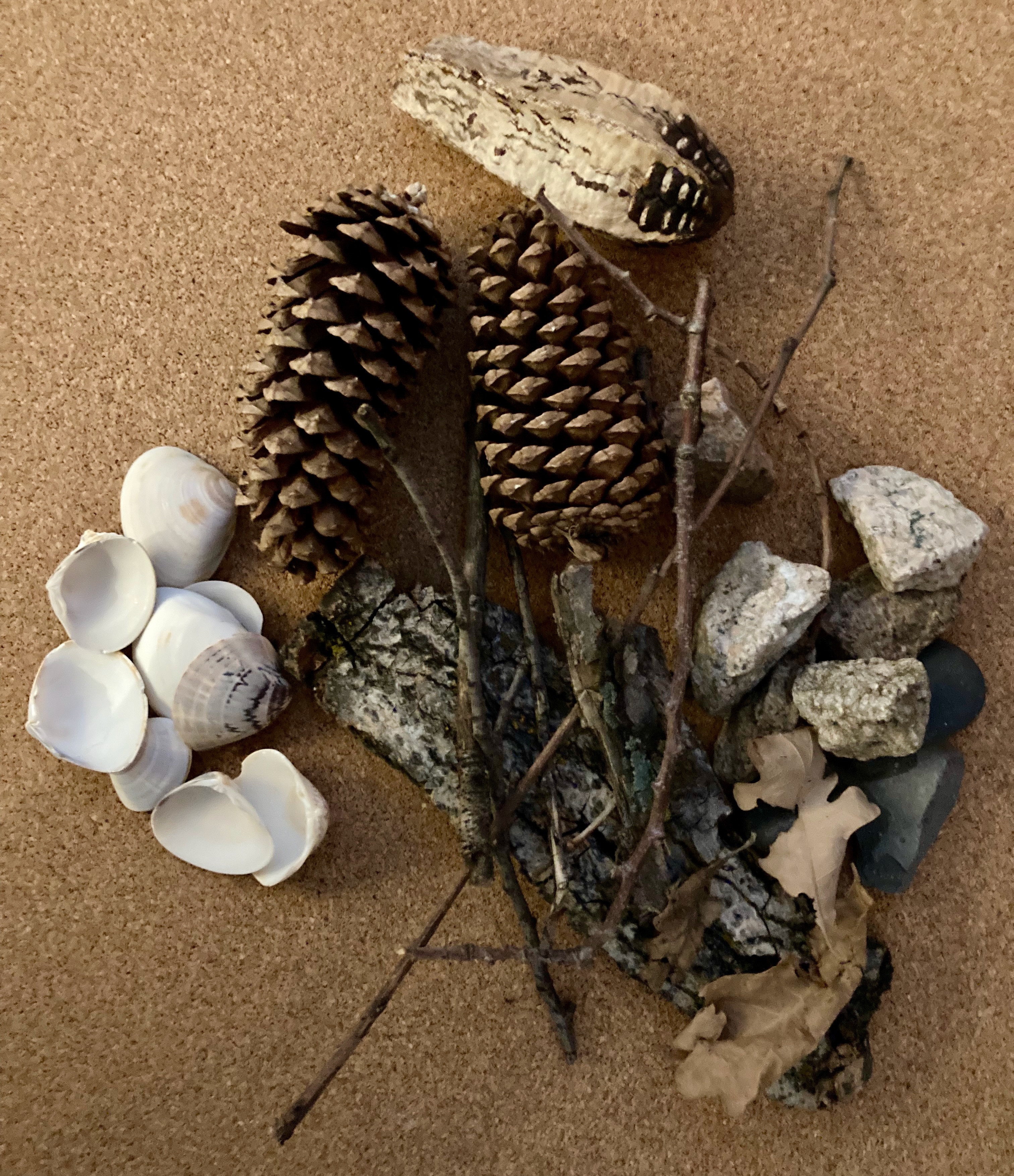
- pine cones
- leaves
- stones
- shells
- sticks
- bark
- tree logs and slices
- mud
- straw and grasses
Always remember to check that any Loose Parts children can access in their play are safe to use and age appropriate.
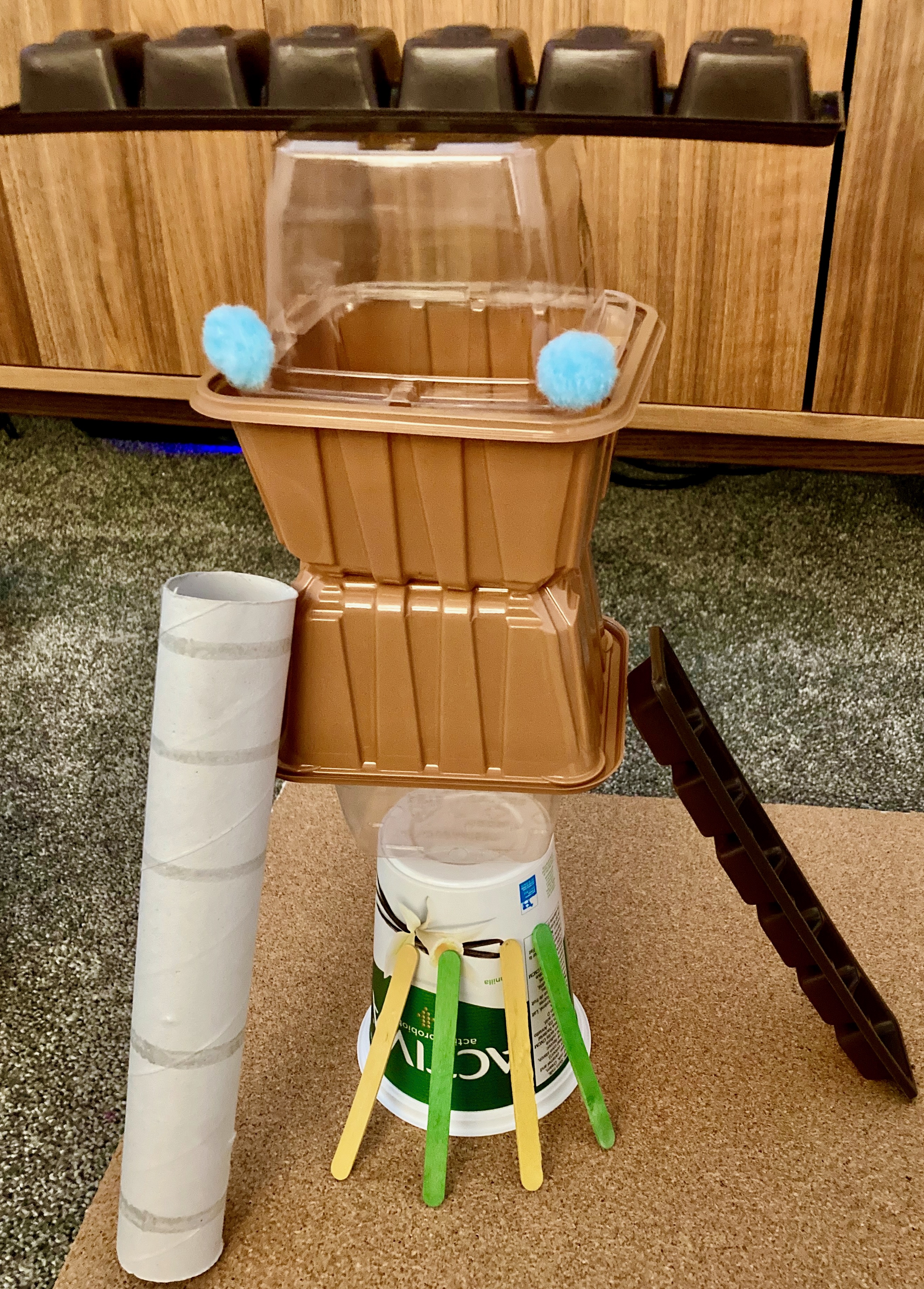
Play Scotland https://www.playscotland.org/loose-parts-play/ is a great place to find out more about Loose Parts Play.
Other posts you might like:
References
NICHOLSON, Simon. The Theory of Loose Parts, An important principle for design methodology.. Studies in Design Education Craft & Technology, [S.l.], v. 4, n. 2, sep. 2009. ISSN 0305 766. Available at: https://ojs.lboro.ac.uk/SDEC/article/view/1204. Date accessed: 12 may 2023.
